THC (tetrahydrocannabinol) and CBD (cannabidiol) are two well-known compounds found in the cannabis plant.
THC is the psychoactive ingredient responsible for producing a “high.” In contrast, CBD has no psychoactive effects and is often associated with potential health benefits like reducing pain or anxiety.
Understanding how these compounds differ and their legal status in football helps players stay informed and compliant.
Recreational Cannabis (Which Contains THC) Is Banned by WADA
Football follows the World Anti-Doping Agency (WADA) rules, banning substances listed in their annual Prohibited Substances and Methods list. Updated every 1 January, this list includes recreational cannabis.
Players must adhere strictly to these regulations, ensuring they avoid banned substances to remain eligible for competition and avoid penalties from governing bodies.
Recreational cannabis is illegal in the UK, but legal or decriminalised in some other countries.
Can Footballers Use Medical Cannabis?
In the UK, adults with certain diagnosed conditions may access medical cannabis (which contains THC – at lower amounts than in recreational cannabis).
However, in the UK, it remains rare to receive a prescription – unlike other countries, such as the USA, where it’s common to be prescribed medical marijuana for certain ailments. (If you’re US-based, check out the medical marijuana card online guide by Veriheal.)
For footballers, the Global Drug Reference Online classifies THC and medical cannabis as prohibited during competition but not outside of it.
Without a Therapeutic Use Exemption (TUE), players cannot use these substances during competitive periods without risking sanctions.
‘In-competition’ begins at 23:59 the day before an event and lasts until its conclusion.
Cannabinoids stay in the system even if used legally outside of competition. Without a TUE, their detection often results in penalties—even when usage aligns with prescriptions for medical needs.
So, staying informed is essential for athletes balancing treatment plans with professional requirements.
CBD Use in Football: What Players Need to Know
CBD, a non-psychoactive cannabinoid from the cannabis plant, differs chemically from THC, the compound responsible for creating a “high.” Unlike THC, CBD does not activate receptors in the brain associated with psychoactive effects.
WADA does not specifically include CBD on its Prohibited List, so it is permitted for athletes.
However, as we have noted, all other cannabinoids—including THC—are banned during competition.
UK Anti-Doping (UKAD) confirms that even trace amounts of these prohibited cannabinoids can lead to an Adverse Analytical Finding (AAF). While THC has a urine reporting threshold of 150 nanograms per millilitre, other banned cannabinoids have no thresholds.
Athletes choosing CBD products must exercise caution. Contamination with prohibited substances like THC is possible. If detected in their system—even unintentionally through supplement use—athletes remain fully responsible and face potential penalties.
Treating CBD like any dietary supplement is crucial; strict due diligence minimises risks tied to product purity and legal compliance during competition periods.
So, footballers should remain cautious despite CBD being allowed in sport.
The risk of inadvertently ingesting a product containing banned cannabinoids, such as THC, remains significant. This can happen if manufacturing processes fail to separate the correct plant parts or if contamination occurs with higher-THC cannabis species during production.
The US Food and Drug Administration (FDA) regularly highlights quality control problems in CBD products made in the United States. Similar risks exist for UK-manufactured products.
Poor labelling, misidentification of ingredients, or inconsistent purity levels can result in athletes unknowingly consuming prohibited substances.
Choosing reputable brands that provide third-party testing and certificates of analysis is critical for reducing these risks.
Athletes must take every precaution to ensure their supplements are free from contaminants that could jeopardise their careers through inadvertent violations of anti-doping rules.




